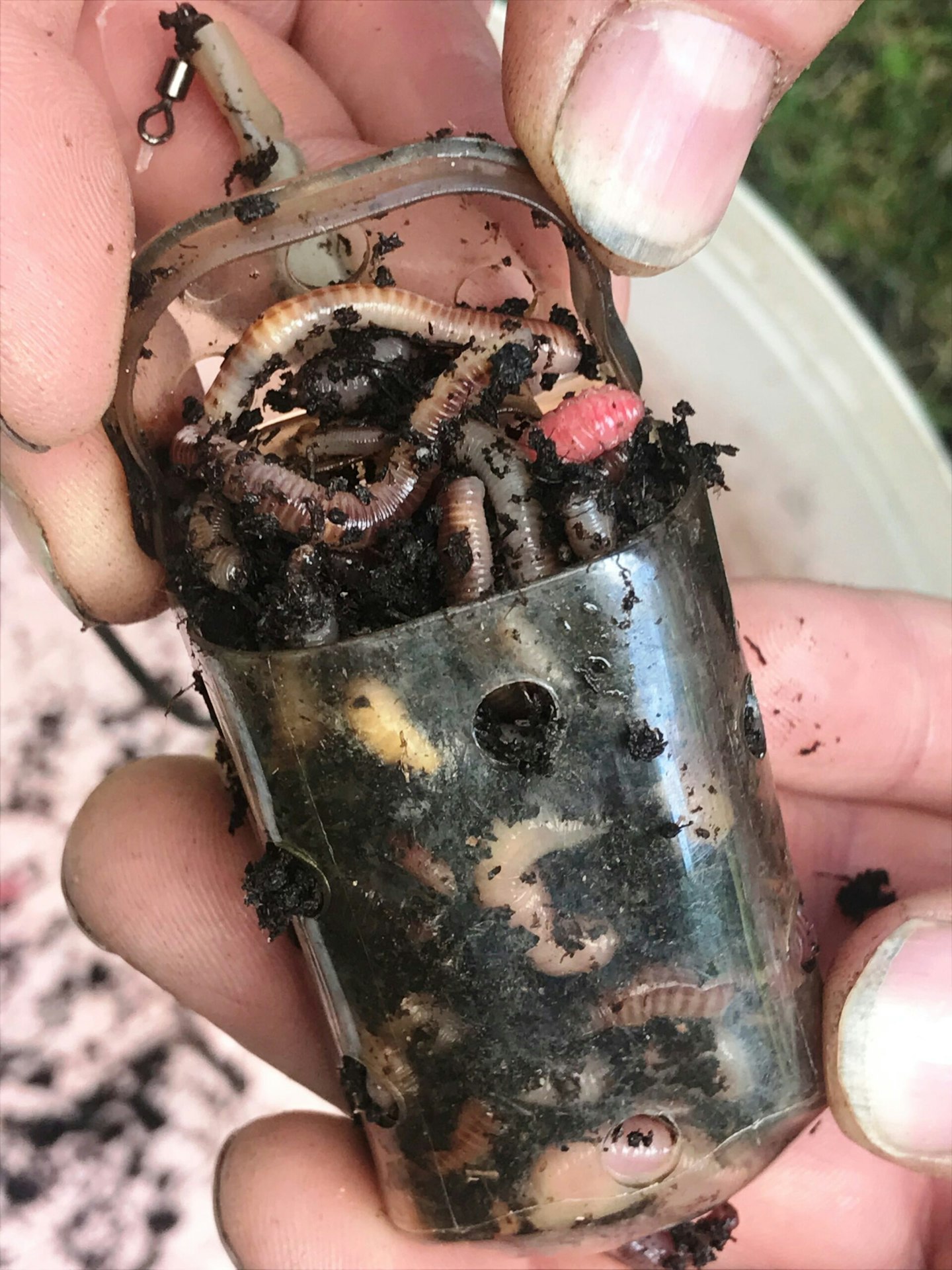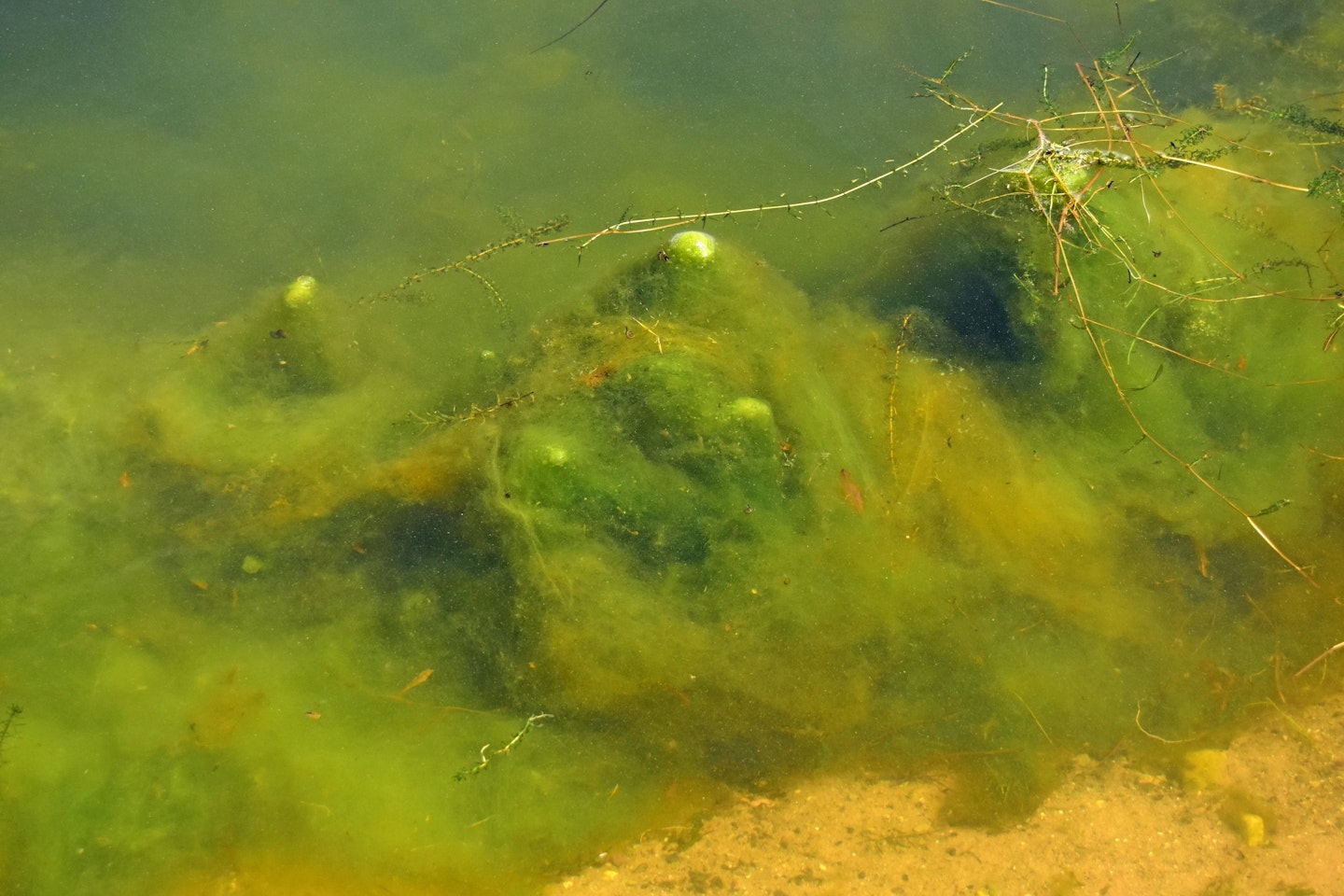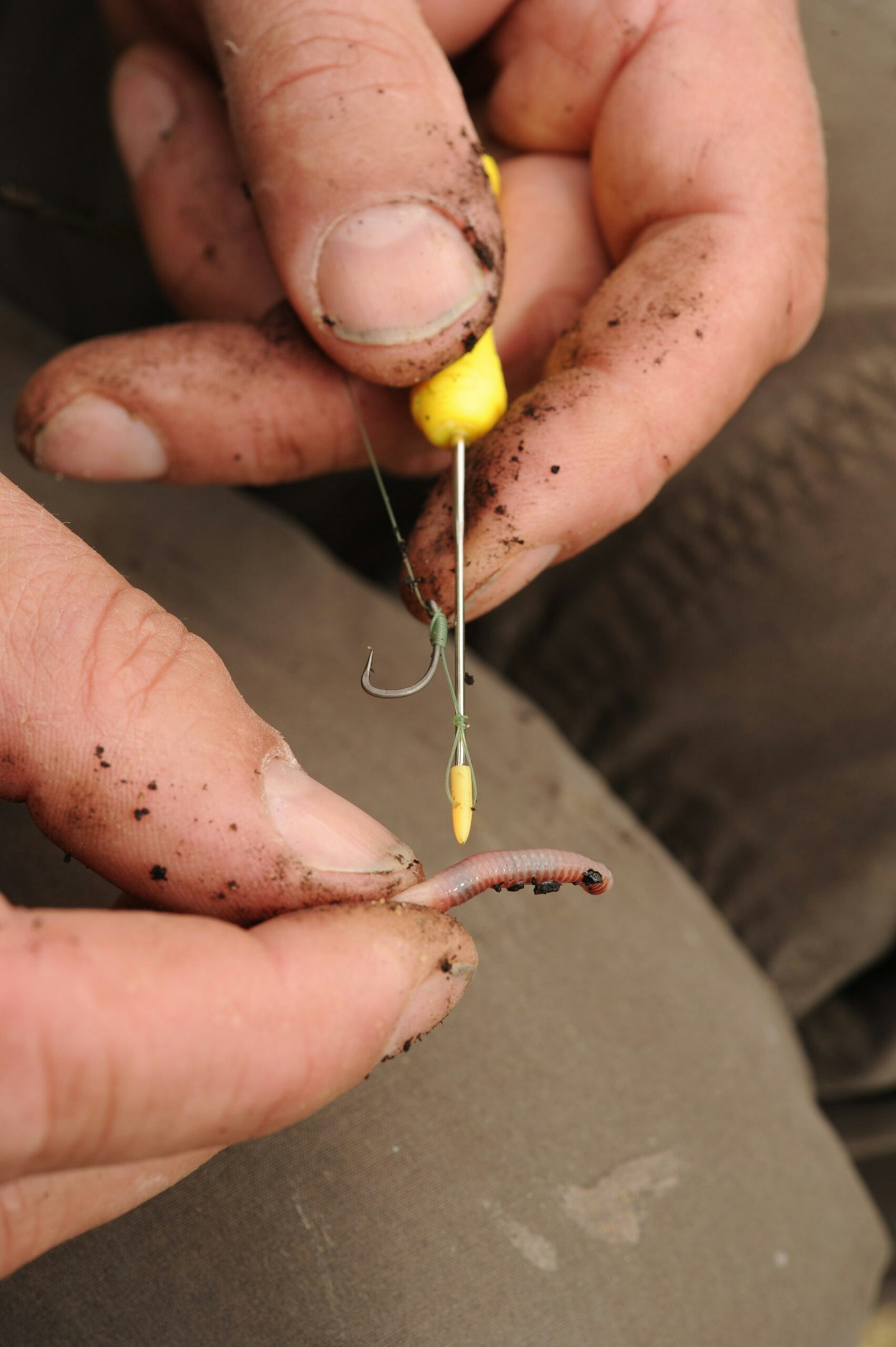You may have heard anglers talk about the worm kebab, and as disgusting as it might sound to us compared to a kebab we might normally eat, to fish and in particular tench, this offering is often too irresistible to turn down.
The rig involves sandwiching sections of worm onto a hair to create a large hookbait that oozes attraction from the cut ends of the worm. This bigger bait helps deter smaller fish that can be a nuisance when fishing with natural baits, helping you effectively target the specimens you are after. If you aren't familiar with the rig or how to tie it up, this guide will help you do so!
THE BEST SPECIMEN RODS ARE IDEAL FOR CATCH TENCH AND CARP ON THE WOMR KEBAB!

Irresistible offering
The worm kebab gets its name from the way the bait is presented on a hair-rig. The bend of the hook and the stop at the bottom of the hair act as the ‘pitta’, with the worms the irresistible filling sandwiched firmly in the middle.
I use a baiting needle to impale three or four pieces of worm through the middle and, once they are all threaded on the hair, they produce a great deal of movement. If the tench or other fish are grazing on the bottom, it is impossible for them to miss it and I think that is why it’s so effective.
It’s usually fished in conjunction with a simple helicopter-style feeder set-up. What goes inside the feeder and how it is loaded plays a big part in creating maximum levels of attraction. I use a blockend feeder and add chopped worms, a few maggots and then pack in some wetted down soil too as it helps create a cloud that can attract fish.
One clever trick is to add some of your favourite liquids to the soil to boost the attraction levels even further.
IF YOU NEED MORE ADVICE TO CATCH TENCH, THIS ARTICLE IS PERFECT!

Feature finding
It’s one thing to have the perfect rig and hookbait but it’s another to find the ideal spot where it should be put into action. Although features such as overhanging trees and reedbeds are very obvious and will usually hold fish, it is worth investing a little time at the beginning of the session to map out the whole swim in front of him.
Tench love to feed over a clear spot so cast around the peg with a marker rod and float to build up a clear picture of the contours and features on the lakebed.
The ‘feel’ you receive when the lead hits the bottom gives you an indication of whether it has landed on a hard surface such as gravel, or sunk into soft silt. You’ll soon learn to differentiate between the ‘thud’ on to a hard surface and the ‘drag’ throughsilt or weed.
A SET OF THE BEST BITE ALARMS WILL ALERT YOU TO WHAT IS HAPPENING IN YOUR SWIM!

Casting routine
As with any style of fishing, the amount of bait you introduce needs careful consideration. Fail to put in enough and you won’t hold their attention. Put in too much and they’ll have so much choice that they’ll most likely miss your hookbait altogether.
Five Spombs full of bait at the start, with a mix of chopped worms, dead maggots, hemp and 2mm pellets included in each payload. Although I believe the worms are their preferred food source, the smaller items keep them grubbing around as they’ll always slurp up something each time and helps you build a hit of fish, while reducing the cost of the worms!
Once fishing, I would recommend recasting each rod every half an hour for the first two hours. Tench are an inquisitive species and the commotion can actually act as an attractant. After the initial bombardment leave both rods for at least an hour and see how the fish respond.
READY TO USE THE WOMR KEBAB, HERE ARE SOME GREAT VENUES TO CATCH TENCH!

How to mount the worms
Chop a few worms into 1 inch sections and begin threading them on to the hair using a Quick Stop and needle. Dendrobaena worms are best for this.

I like to use four sections of worm on a size 10 hook and three on a size 12 – the bigger the hook, the bigger the bait you can use It’s important to tie your hairs long enough to leave a little gap between the top of the chopped worm and the bottom of the hook. This enables the bait more movement and leads to better hook-holds.

